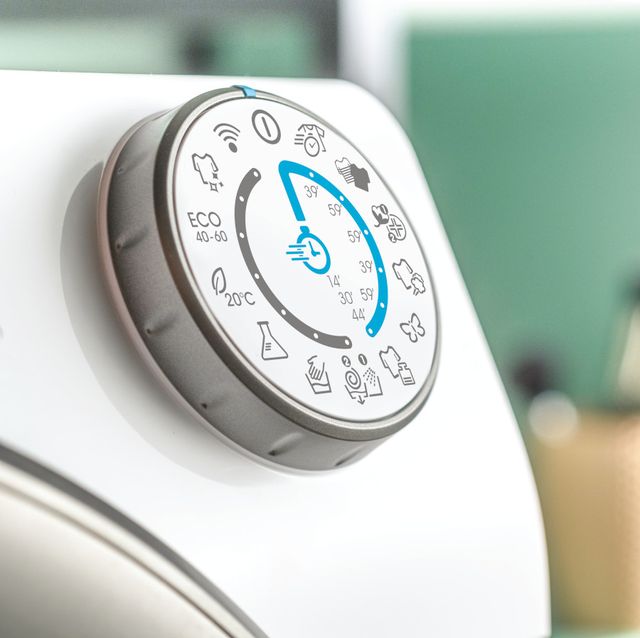Eating healthy zero-kilometre food that, above all, respects nature’s timing is good for both you and the environment. Nutritionists and environmentalists alike, in fact, recommend that we only purchase seasonal fruit and vegetables from local producers, so as to boost our local economies, nourish our bodies with fresh foods and absorb all their goodness, which is useful to help us best navigate each and every period of the year. Let’s take a look at our top picks for March, how to preserve them, and what to eat at the start of the spring season.
What fruit should we be buying in March?
March is also a month of transition for mother nature: the typical winter harvest continues, yet new-season delicacies simultaneously start to emerge. The former are ideal for warding off seasonal ailments, which, owing to sudden changes in temperature are somewhat common; the latter are rich in vitamins, especially vitamin C, and also help us to quench our thirst and detox our bodies. If you particularly enjoy the flavour of winter fruit, we suggest making preserves or jams, perfect for breakfast and healthy snacks.
In doing so, citrus fruits and springtime arrivals will coexist at the dining table, in addition to the abundance of produce available from the supermarket:
- Grapefruit
- Limes
- Lemons
- Kiwis
- Late-season mandarins
- Citrons
- Apples
- Pears
- Dried fruit and nuts
Come the end of the month, depending on the temperatures, it’s also possible to find the very first strawberries, typical of late spring.
What vegetables should we be buying in March?
The March allotment is brimming with variety and abundance, with several ‘new entries’ with respect to the typical wintry offerings. Fennel, cauliflower and turnip tops continue to be harvested alongside mushrooms and pumpkins, but not for much longer, and are joined by Brussels sprouts, spinach, chicory, artichokes, agretti, lettuce and asparagus, all glorious additions to countless spring recipes. And for a hint of colour? Radishes and beetroot spring up in March.
Storing fruit and vegetables in the fridge: a how-to guide
Simply buying seasonal fruit and vegetables does not ensure that the very best produce makes it onto our tables, we also need to know how to correctly preserve these products. Not everything should be kept in the fridge, while there is a designated drawer for keeping our fruit and vegetables at the right temperature. The so-called climacteric fruit and vegetables give off ethylene and tend not only to ripen sooner, but also cause other surrounding items to ripen: apples, pears, broccoli, spinach, cauliflowers and asparagus should be kept in the fridge to stem ripening and subsequently preserve them for longer. The most suitable place for them is in the designated drawer in the fridge, which stores them at a slightly higher temperature compared to other compartments. Conversely, citrus fruit can be kept at room temperature without any problems.
Having a highly efficient fridge with optimal control over humidity improves and extends the storage lifespan of fruit and vegetables. The latest models boasting partial or total no-frost technology have been developed to prevent the formation of frost (and in turn areas that are significantly colder than others), whilst also preventing unpleasant odours owing to the presence of effective anti-bacterial systems. The seasonal fruit and vegetables that you buy will subsequently stay fresh for longer, maintaining their flavour and nutritional properties.





